
 THE ATLANTIC COAST
THE ATLANTIC COAST 
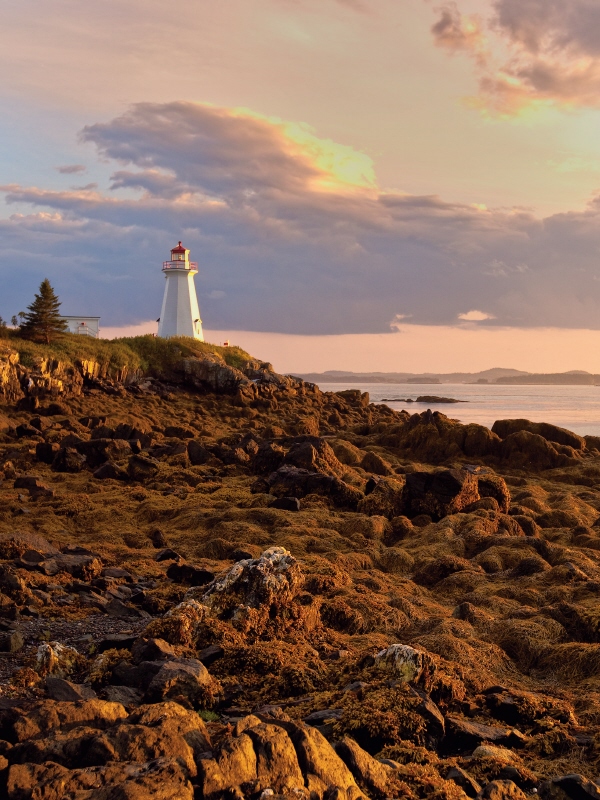
Harry Thurston
Photography by Wayne Barrett
Illustrations by Emily S. Damstra
 THE
THE
ATLANTIC
COAST
A NATURAL HISTORY

Advisory Panel
DR. GRAHAM DABORN
Founder, Acadia Centre for Estuarine Research
Acadia University
Wolfville, Nova Scotia
DR. DAVID GARBARY
Professor of Biology
and Co-ordinator of Interdisciplinary Studies in Aquatic Resources
St. Francis Xavier University
Antigonish, Nova Scotia
BRIAN HARRINGTON
Senior Shorebird Biologist
Manomet Center for Conservation Sciences
Manomet, Massachusetts
DR. PETER LARSEN
Senior Research Scientist
Bigelow Laboratory for Ocean Sciences
West Boothbay Harbor, Maine
DR. DONALD F. MCALPINE
Chair, Department of Natural Science
Head, Zoology Section
New Brunswick Museum
Saint John, New Brunswick
DR. PAUL E. OL SEN
Arthur D. Storke Memorial
Professor of Earth and Environmental Sciences
Lamont-Doherty Earth Observatory
Columbia University
Palisades, New York
DR. GEORGE ROSE
Head, Fisheries Conservation
Fisheries and Marine Institute
Memorial University of Newfoundland
St. Johns, Newfoundland
DR. BORIS WORM
Assistant Professor and Head of the Worm Lab for Marine Conservation
Department of Biology
Dalhousie University
Halifax, Nova Scotia
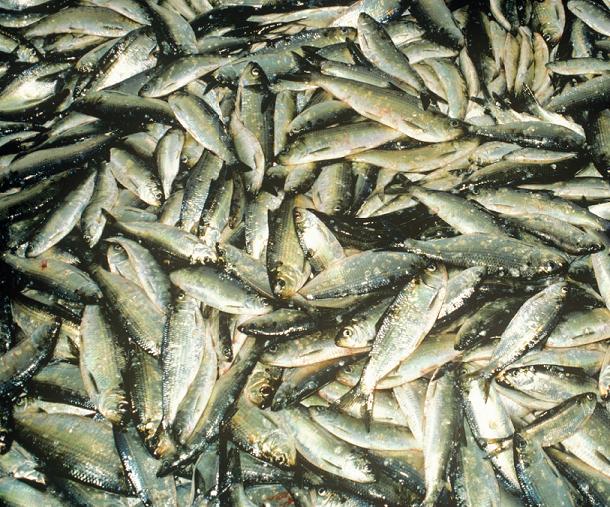
Copyright 2011 by Harry Thurston
Photographs Wayne Barrett, except photos
on iStockphoto.
Illustrations 2011 Emily S. Damstra
First U.S. edition 2012
All rights reserved. No part of this book may be reproduced, stored in a retrieval system or transmitted, in any form or by any means, without the prior written consent of the publisher or a license from The Canadian Copyright Licensing Agency (Access Copyright). For a copyright license, visit www.accesscopyright.ca or call toll free to 1-800-893-5777.
Greystone Books
An imprint of D&M Publishers Inc.
2323 Quebec Street, Suite 201
Vancouver BC Canada V5T 4S7
www.greystonebooks.com
David Suzuki Foundation
2192211 West 4th Avenue
Vancouver BC Canada V6K 4s2
Cataloguing data available from Library and Archives Canada
ISBN 978-1-55365-446-9 (cloth)
ISBN 978-1-55365-965-5 (ebook)
Editing by Nancy Flight
Copyediting by Peter Norman
Cover design by Naomi MacDougall
Cover photograph by Wayne Barrett
Maps by Eric Leinberger
Distributed in the U.S. by Publishers Group West
We gratefully acknowledge the financial support of the Canada Council for the Arts, the British Columbia Arts Council, the Province of British Columbia through the Book Publishing Tax Credit, and the Government of Canada through the Canada Book Fund for our publishing activities.
Contents
THE ATLANTIC REALM
Where North Meets South
OCEANS AND MOUNTAINS
The Geology and Paleontology of the Atlantic Coast
THE ATLANTIC HINTERLAND
Forests of the Atlantic Coast
BETWEEN THE CAPES
The Mid-Atlantic Bight
TIDES OF LIFE
The Gulf of Maine and the Bay of Fundy
RIVER INTO THE SEA
The Gulf of St. Lawrence
GREAT CURRENTS AND GRAND BANKS
Newfoundland and Labrador
THE ALTERED REALM
The Once and Future Atlantic

Shrouded in fog and guarded by cliffs, the Atlantic coast presents a beguiling but formidable face.
WHEN I WAS a child, my family often took a Sunday drive from our home in Yarmouth, Nova Scotia, to Cape Forchu to visit the light keeper. This forked cape, named by Samuel de Champlain when he sailed by it in 1604, points into the Gulf of Maine and toward the eastern seaboard of the United States, or the Boston States, as Nova Scotians have traditionally called New England. Once you pass the capes gray rocks, heading in a northeasterly direction as Champlain did, you might properly be thought of as having entered the Bay of Fundy. Looking the other way, to the southwest, on a clear day you can see the silhouette of Green Island, rising darkly above the waters in the distance, the first in a chain of islands that guard the south coast of Nova Scotia, which faces the North Atlantic proper.
On occasion, I got to climb the dizzying staircase of the old Cape Forchu lighthouse for a panoramic view of the waters that nourished the surrounding coastal communities. Southwestern Nova Scotia was and still is home to a thriving lobster fishing industry and also home port to fleets of vessels that pursue groundfish like cod, haddock, and pollack, as well as halibut, swordfish, herring, and scallops. On a Sunday, however, these boats would be berthed in snug coves and behind breakwaters. The only boat in sight might be the Bluenose Ferry plying between Bar Harbor, Maine, and Yarmouth, Nova Scotia, its white hull suddenly appearing on the far horizon and soon passing close by the cape, where we would wave at the passengers at the rails as other children might greet a passing train.
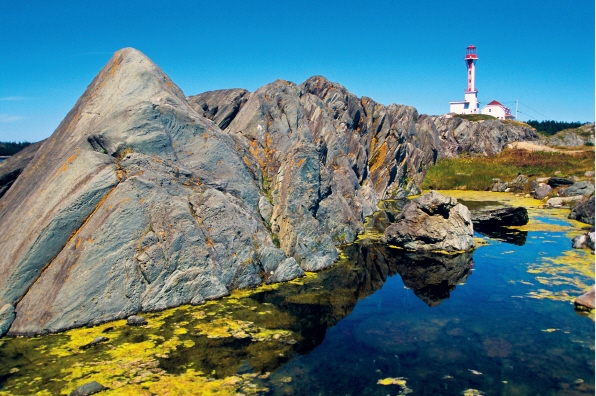
The Cape Forchu light stands guard over the rocky coast of southwest Nova Scotia.
Most days, while the adults talked inside at the light keepers house, I played on the capes jagged rocks, scrambling over ridged backs that could cut like a knife, inspecting tide pools created when winter waves crashed over this thin finger of land, and clinging to the stunted, salt-sprayed white spruce that grew along the cliff edges. Below, the waves churned, marbling the water and swirling thick mats of rockweed.
This place became so close to my heart that later I chose to be married there. A thick fog shrouded the outdoor ceremony with secrecy and mystery. A crop of purple irises at our feet lit up the noon hour grayness with their blue flames, while the lighthouse beacon rotated and the foghorn sounded a rhythmic blessing.
The cape is a symbol of the central role that the Atlantic has played in my life. The ocean has never been far away as I moved from my childhood home, where the sea encroached upon and created the tidal marshes of the Chebogue River, to Acadia University, where I studied biology overlooking the Minas Basin in the upper reaches of the Bay of Fundy, and finally to my present home on the tidal Tidnish River, near the Northumberland Strait of the Gulf of St. Lawrence.
For the last three decades, in my role as an environmental journalist and natural history writer, I have had the privilege of exploring firsthand much of the diverse and dramatic Atlantic coastline, from northern Labrador, where snow-capped mountains overlook Greenland-born icebergs in August, to the beaches of Delaware Bay, where, every May at the full moon, a brightly colored phalanx of shorebirds waits for the coming ashore of an armada of primitive horseshoe crabsa phenomenon that predates the creation of the modern-day Atlantic itself. I have followed fishermen to a heaving offshore world as they dragged a bounty of scallops from the seabed of Georges Bank and biologists as they studied the unique flora and fauna of the remotest of the Northwest Atlantic islandsSable, where so many ships crossing this northern ocean foundered in the days of sail. I have collected eiderdown on the seabird islands in the St. Lawrence River estuary and dulse on the shores of the Bay of Fundy at low tide. In Newfoundland, I have watched, amazed and amused, as schools of smeltlike capelin blackened the inshore waters and came ashore to mate on the beaches, while whales, cod, and seabirds congregated just offshore to gorge on this annual massing of little fish.
Next page
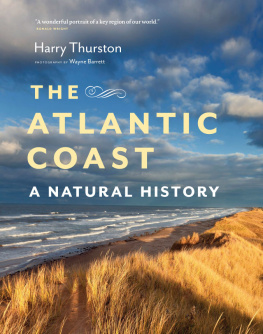


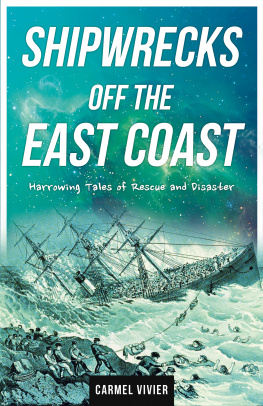
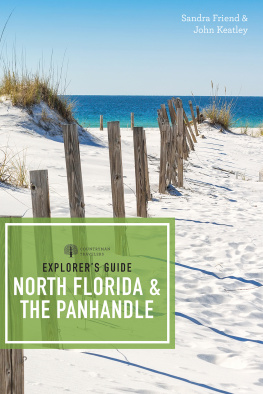
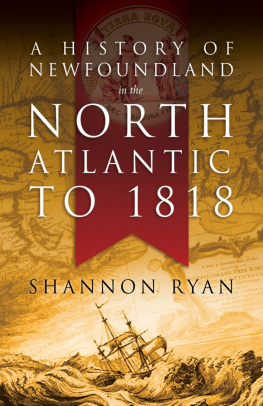
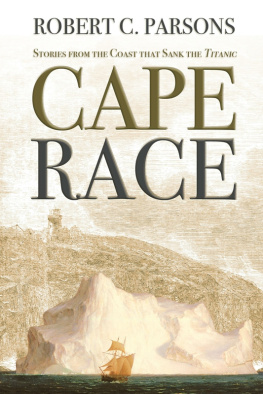
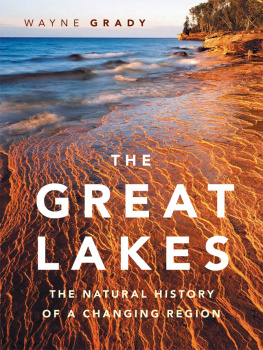
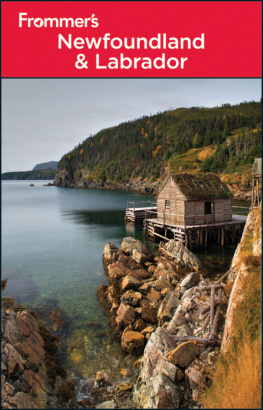

 THE ATLANTIC COAST
THE ATLANTIC COAST 

 THE
THE


